Vitamin E is composed of eight fat-soluble elements that collectively provide significant health benefits. Vitamin E is found in a variety of nuts, vegetables, seeds, and oils, which makes it simple to include in your diet. These Vitamin E rich foods should be a part of one’s daily diet.
You can also take vitamin E as a supplement, but since our body needs fat to metabolise it, you should take it with food or choose vitamin-E rich foods instead. According to research, adequate quantities of vitamin E in the diet aid in maintaining healthy skin, eyesight, and the immune system.
Table of Contents
What is Vitamin E?
Vitamin E is a fat-soluble nutrient with potent antioxidant properties. Vitamin E neutralises free radicals that would otherwise harm cell membranes and nerve cells. This essential nutrient improves immunity, protects against long-term illnesses such as heart disease and cancer, and maintains healthy eyes and skin.
What is the importance of Vitamin E?
Vitamin E is involved in a variety of physiological processes. Adults should consume at least 15 milligrammes of vitamin E per day, which is simple to do with a balanced diet. As a vitamin that dissolves in fat, your body stores any extra vitamin E you consume for later use.
Deficiencies in vitamin E are uncommon and typically caused by problems with lipid absorption resulting from gastrointestinal disorders. A deficiency can cause symptoms such as loss of equilibrium, muscle weakness, and retinal injury over time.
Additionally, research indicates that inadequate levels of vitamin E at birth can negatively impact the development of a baby's nervous system. The recommended daily intake for expectant women is 15 milligrammes, while breastfeeding women ought to raise their intake to 19 milligrammes.
Health benefits of Vitamin E Rich Foods:
Keeps immune system healthy
Your immune system's capacity to combat illnesses and infections may decline with age. The antioxidants found in vitamin E, particularly alpha-Tocopherol, have been demonstrated to enhance the immune response of the body. These antioxidants also combat age-related cell damage, which has been linked to numerous chronic diseases, such as cancer.
Healthy Vision
The antioxidant activity of vitamin E may also promote long-term eye health. There are contradictory studies regarding whether or not its effects are sufficient to treat cataracts and age-related vision loss. However, research indicates that sustaining the suggested dosage of vitamin E could encourage healthy eye function, thereby reducing the risk of getting these conditions.
Cognitive Wellness
Several studies indicate that vitamin E may prevent memory loss and delay the progression of diseases such as Alzheimer's. Vitamin E, along with nutrients such as vitamins A and C, can help maintain brain health over the long term.
Healthy Heart
Vitamin E may aid in maintaining cardiac health. Several studies indicate that consuming enough vitamin E as part of a nutritious diet decreases the risk of heart disease-related heart attacks and mortality.
Prominent Vitamin E rich foods:
Most individuals have no difficulty obtaining enough vitamin E through their diet. In addition, numerous fruit juices, breakfast cereals, and condiments are fortified with vitamin E today.
These eight foods contain the highest levels of vitamin E naturally:
Wheat Germ Oil
Wheat germ oil is the best natural source of vitamin E at 20 milligrammes per teaspoonful or 135% of the daily value. It can be used as a substitute for the majority of other cooking oils, although elevated temperatures can reduce its vitamin content. Other oils such as almond, hazelnut, and safflower oils are also rich in vitamin E, but contain only about a quarter as much as wheat germ oil.
Almonds
One ounce of almonds, which is approximately 23 seeds, contains 7.3 milligrammes of vitamin E. In addition to helping you meet your daily nutrient needs, almonds have been linked to an array of health benefits, including a reduced risk of heart disease and obesity.
Avocado
Avocados contain numerous nutrients, including potassium, omega-3 fatty acids, and both vitamins C and K. A half avocado can also provide up to 20% of one's daily vitamin E needs. Kiwis and mangoes also contain vitamin E, but their vitamin E content is marginally lower than that of avocados. However, all three fruits are excellent alternatives for those with almond allergies or sensitivities.
Sunflower Seeds
The majority of seeds are rich in vitamin E, however sunflower seeds are particularly potent. One ounce of vitamin E mixed to a cereal, smoothie, or salad provides half of the daily requirement. Sunflower oil contains approximately one-third as much vitamin E as whole sunflower seeds, though it is still an excellent source of the vitamin.
Pine Nuts
Although almonds are the nut with the highest amount of vitamin E, pine nuts contribute about 3 milligrammes per two-tablespoon serving to your diet. Pine nuts are frequently used in pesto, baked products, and spreads, despite their high cost.
Peanut Butter
Peanut butter and peanuts are also rich in vitamin E; a two-tablespoon serving provides approximately 18% of the daily value. Pick an item without preservatives that have been added or sugars, or make your own homemade peanut butter at home, for the greatest health benefits.
Red Bell Peppers
The mineral and vitamin content of red bell peppers is particularly potent, according to scientific research. A medium-sized fresh pepper contains approximately 2 milligrammes of vitamin E, but preparing it reduces this amount by approximately half.
Fish
Omega-3 fatty acids are vital nutrients for mental as well as physical wellness, and are abundant in fish. In addition to its own health benefits, research indicates that vitamin E can help safeguard and encourage the effects of omega 3 in the body. Atlantic salmon has 4 milligrammes of vitamin E per fillet, and rainbow trout has 2 milligrammes per fillet.

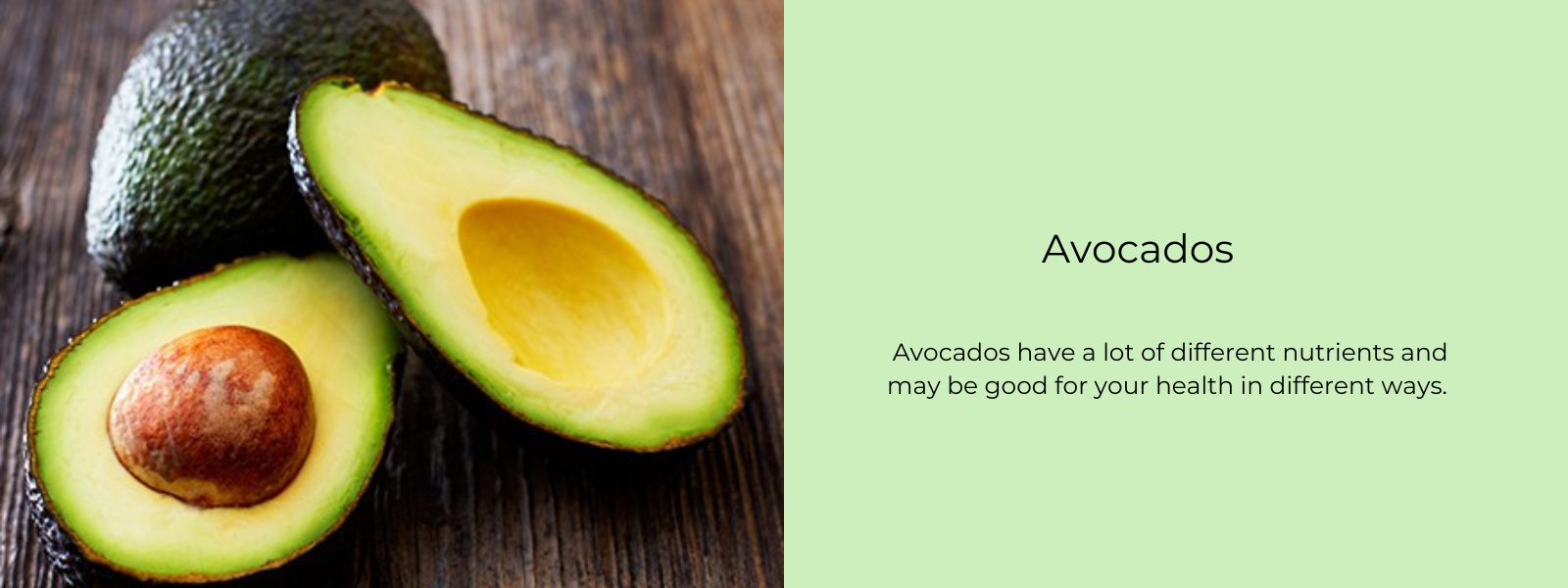
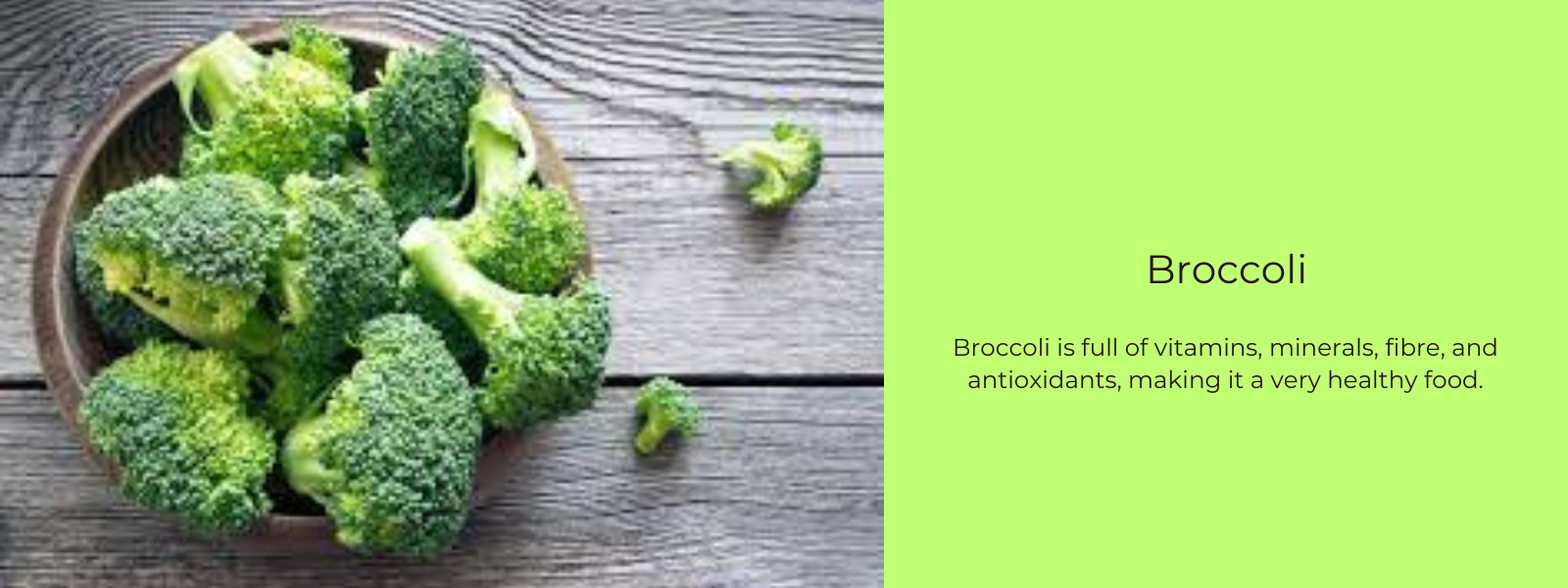
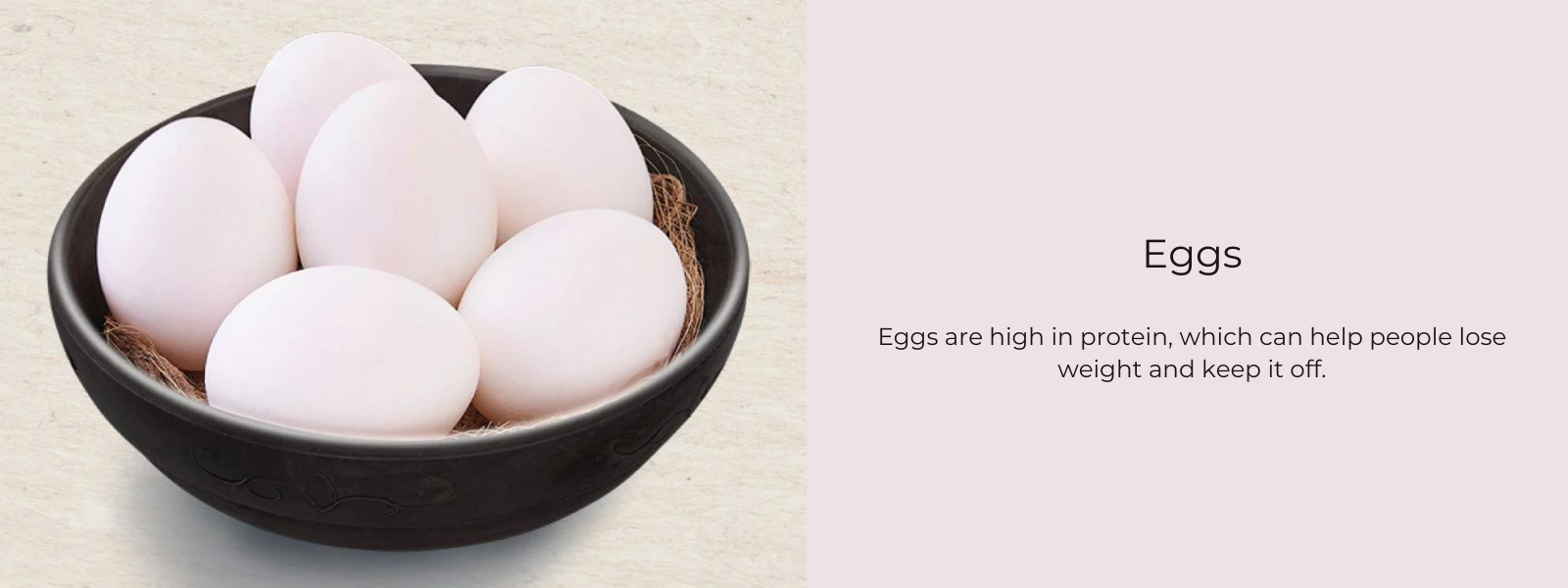
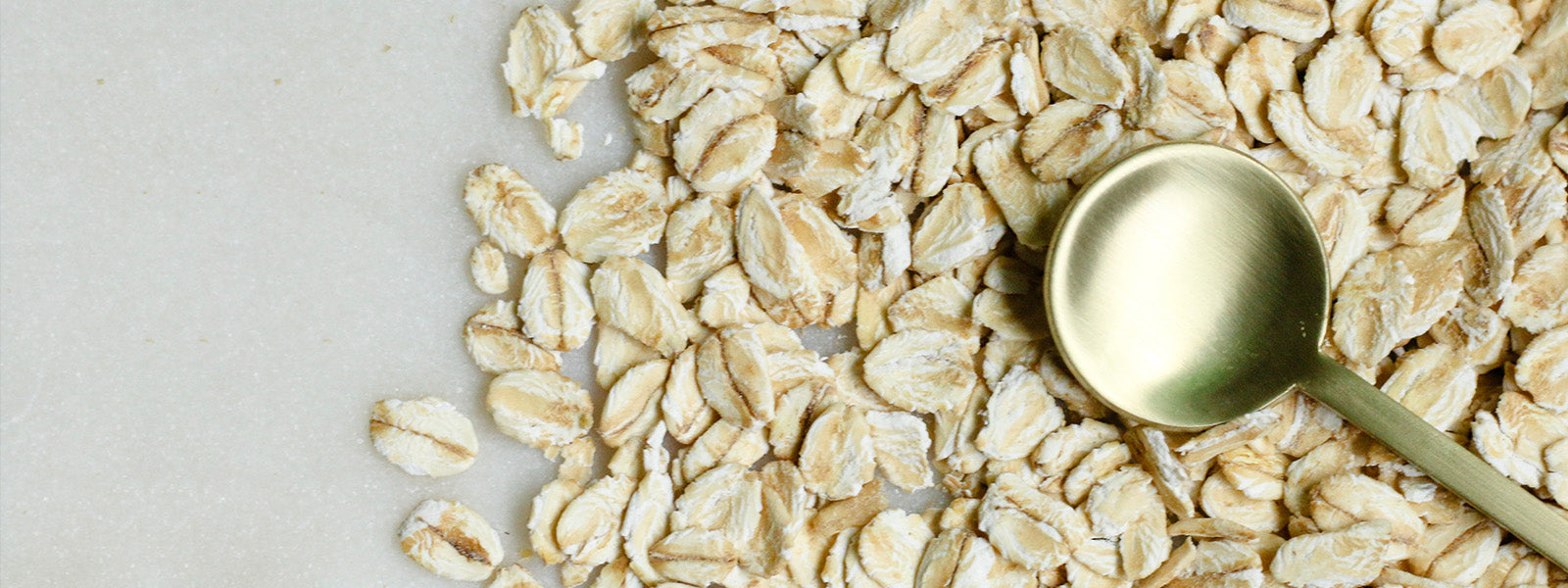
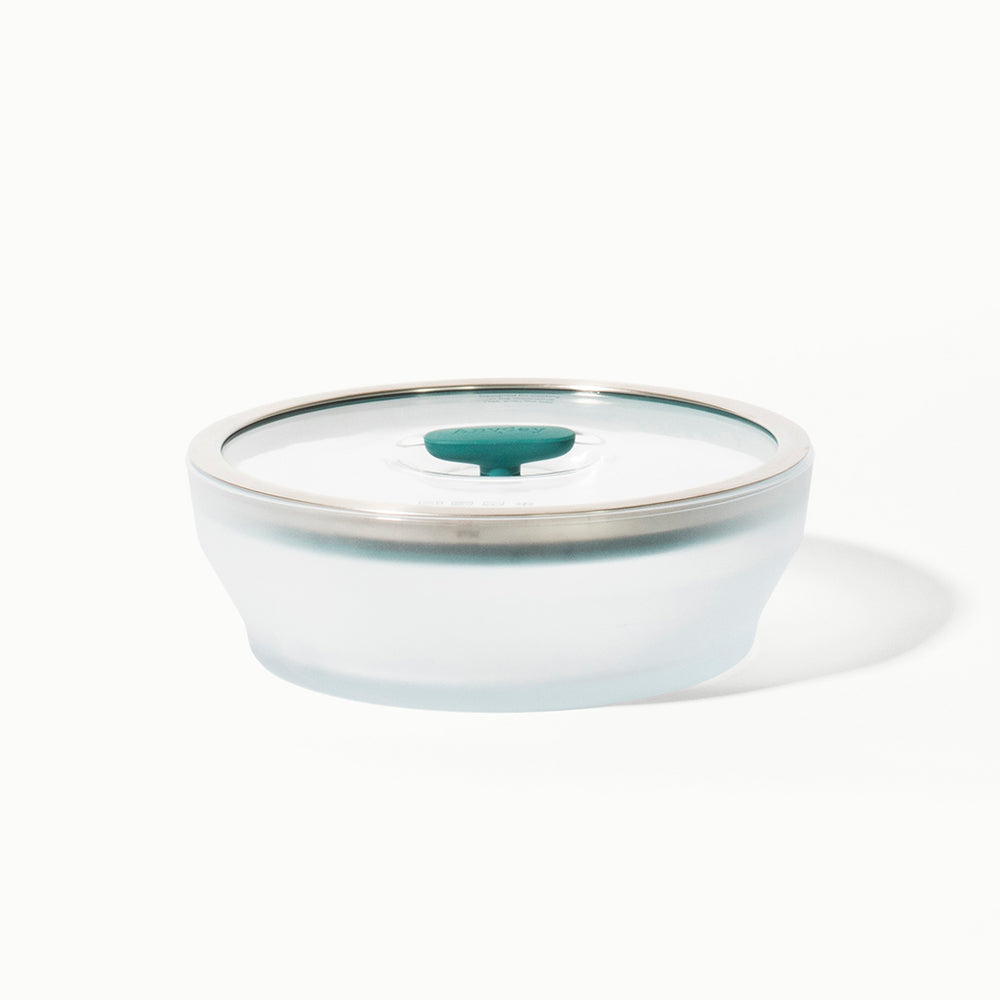
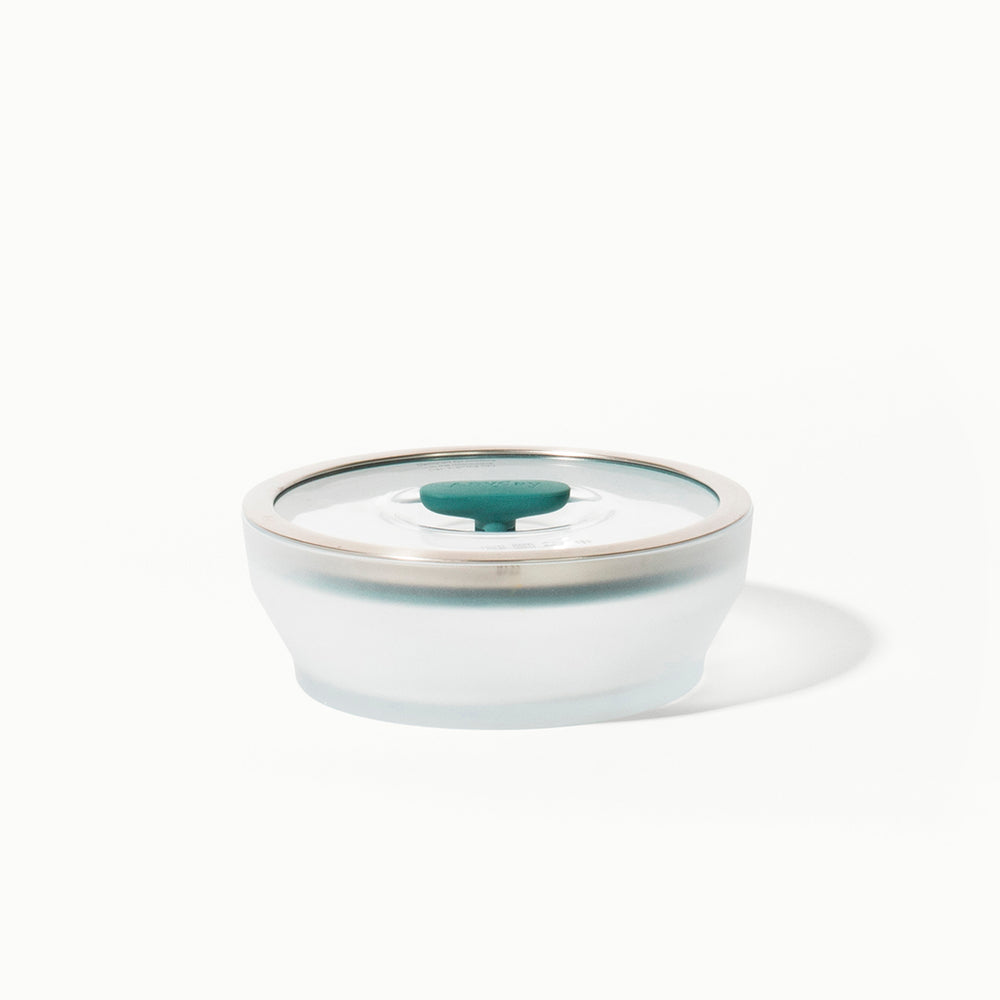




Leave a comment